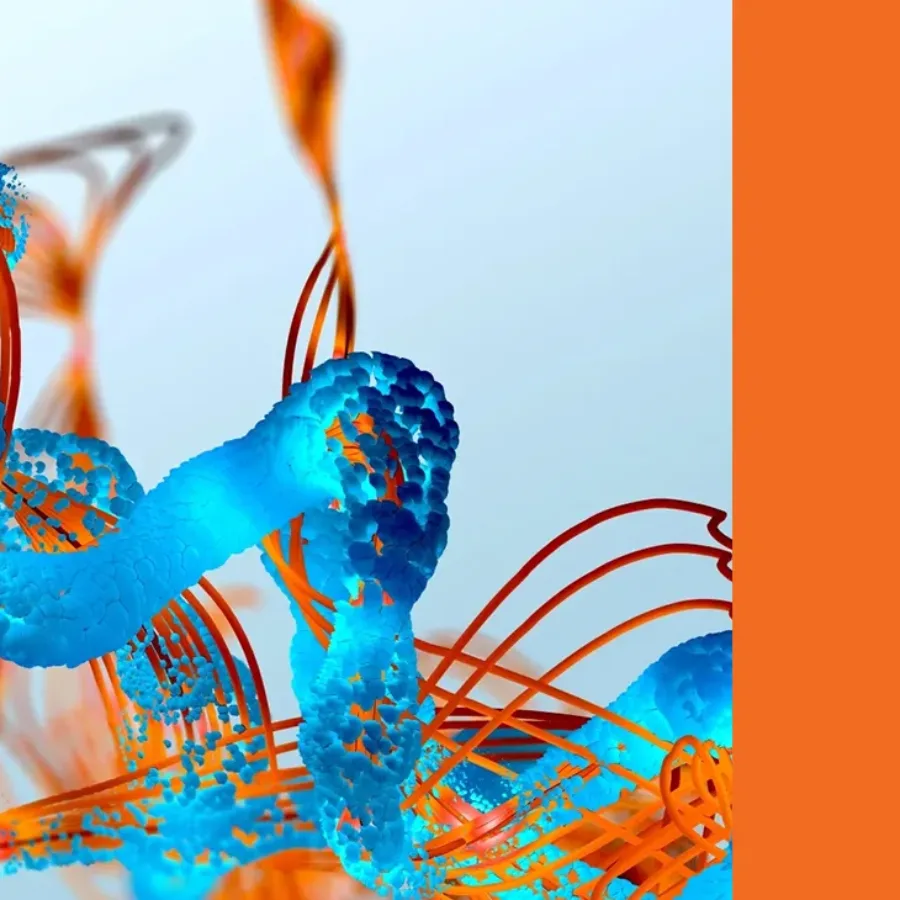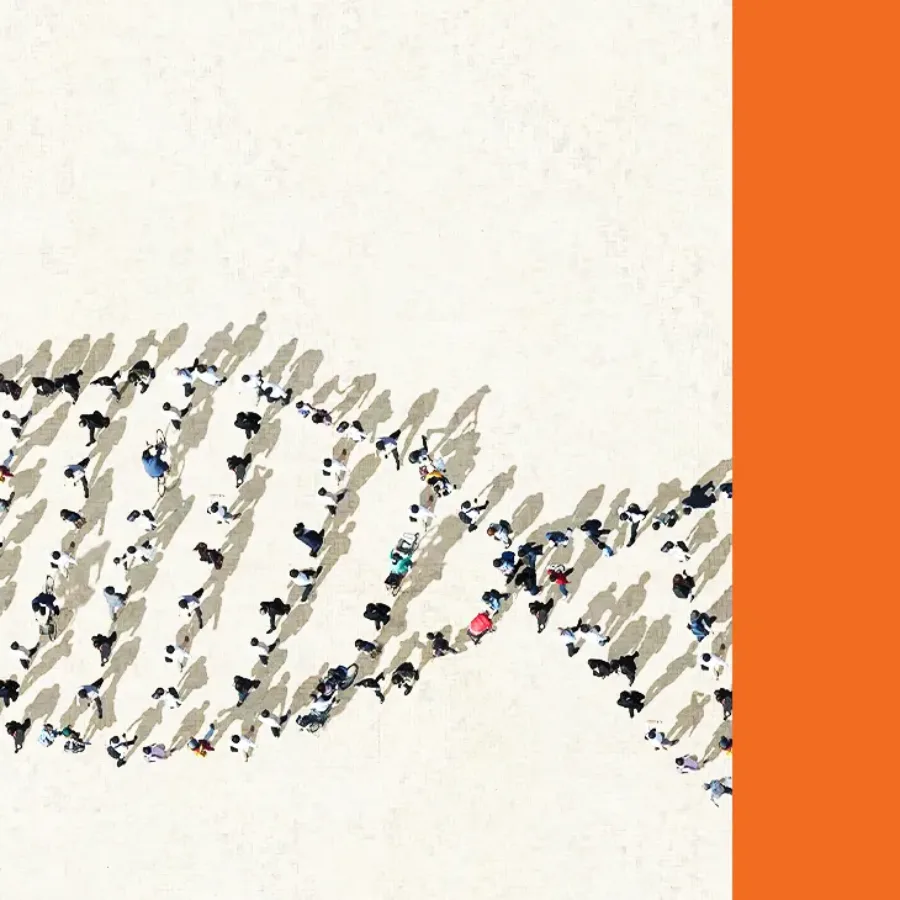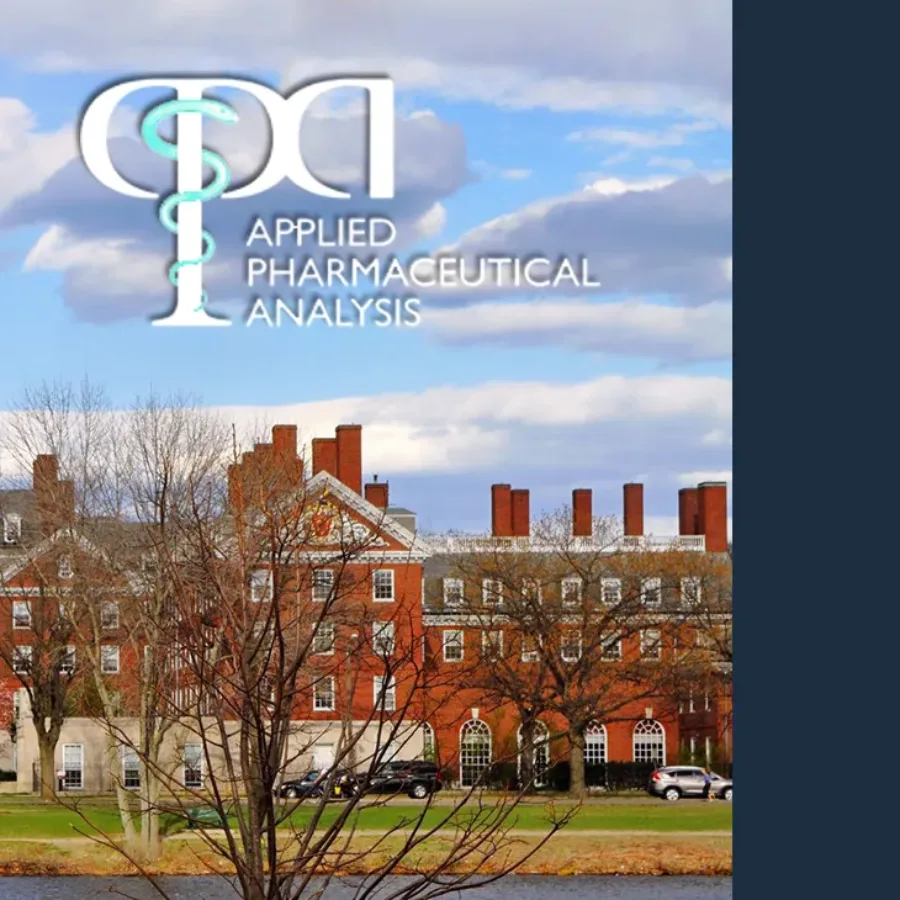 Blogs
Blogs
The exploration of Targeted Protein Degraders (TPD) as a therapeutic modality began over twenty years ago. Since then, research and development in this field have steadily advanced. Starting in 2019, rationally designed small molecule TPDs entered clinical trials. This innovative therapeutic modality utilizes the cells’ endogenous protein degradation machinery to…
 Podcasts
Podcasts
Our hosts, Dom and John, are excited to welcome special guest, Carrie Vyhlidal, to discuss the topic of the 80th episode of “The Weekly Bioanalysis” podcast – The Rapid Evolution of PCR Assays. PCR (or Polymerase Chain Reaction) is like a copying machine for DNA. Scientists have found ways to…
 Blogs
Blogs
Preclinical formulation analysis supports toxicity studies before and after the investigational new drug application (IND). Multiple analytical studies support drug development progression beyond the IND stage. KCAS Bio performs analytical studies for a variety of clients. How Does KCAS Bio Perform Preclinical Formulation Analysis? KCAS Bio has completed numerous studies…
 Webinars
Webinars
In the dynamic field of biotherapeutics, understanding and managing anti-drug antibodies (ADAs) is critical for the success of drug development programs. ADAs can potentially neutralize the efficacy of biotherapeutic drugs, making it essential to have robust testing methodologies in place from the preclinical to clinical stages. KCAS Bio is excited…
 Webinars
Webinars
In the fast-paced world of drug development, the ability to produce accurate and reproducible data is paramount. That’s why staying updated with the latest best practices in flow cytometry is crucial. Our webinar, “Evolving Best Practices: Considerations for Conventional and Spectral Flow,” dives deep into the rapidly advancing field of…
 Webinars
Webinars
In the rapidly advancing world of flow cytometry, staying ahead of the curve is essential for driving impactful research and drug development. Our panel discussion, “Evolving Best Practices in High-Complexity Flow Cytometry,” sheds light on the latest developments that can enhance and accelerate your research efforts. Flow cytometry has long…
 Podcasts
Podcasts
During this special episode of “The Conversational Flow” our hosts, Brian and Adam, welcome two guests: John Bucksath, CEO of KCAS Bio, and Stefan Cross, CEO of Crux Biolabs. These two guests discuss the elements and advantages of their organizations’ new partnership between KCAS’ US and European locations and Crux’s…
 Blogs
Blogs
Cell and Gene Therapies (CGTs) are types of treatment that uses cellular or genetic material with the goal of treating a disease or a disordered. Often it can be a combination of cell and gene therapies, which is the case for Chimeric antigen receptor T cells (CAR T-Cells). There are…
 Blogs
Blogs
In today’s drug development efforts, Research and Development has increasingly expanded to include multi-country strategies. Over time, pharmaceutical and biotech companies have made substantial impact on economies where development work is conducted, and some countries have developed strategies (i.e. Australia) to attract this lucrative market via financial incentives and offering…
 October 15
- October 18
October 15
- October 18
KCAS Bio is thrilled to participate in the 16th Annual Immunogenicity and Bioassay Summit, taking place from October 15-18, 2024, at The Watergate Hotel in Washington, D.C. This summit is a premier event that brings together top industry, academia, and regulatory authorities to discuss the latest advancements and challenges in…
 October 7
- October 9
October 7
- October 9
KCAS Bio is excited to announce our attendance at the Applied Pharmaceutical Analysis (APA) 2024 conference, taking place from October 7-9 at Bristol Myers Squibb in Cambridge, MA. This event gathers experts from across the pharmaceutical industry to discuss the latest advancements in bioanalysis, drug development, and regulatory practices. Exploring…
 Blogs
Blogs
Spectral flow cytometry and the growing array of commercially available fluorophores have led to the development of increasingly complex immunophenotyping panels. Generating robust data depends not only on a strong panel design but also on the use of appropriate reference controls and a solid understanding of spectral unmixing principles. …